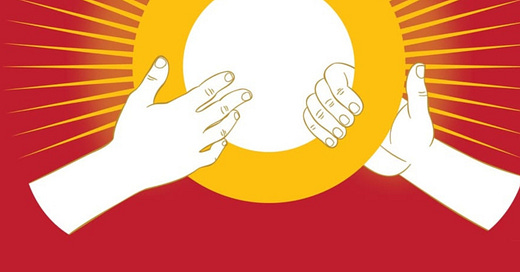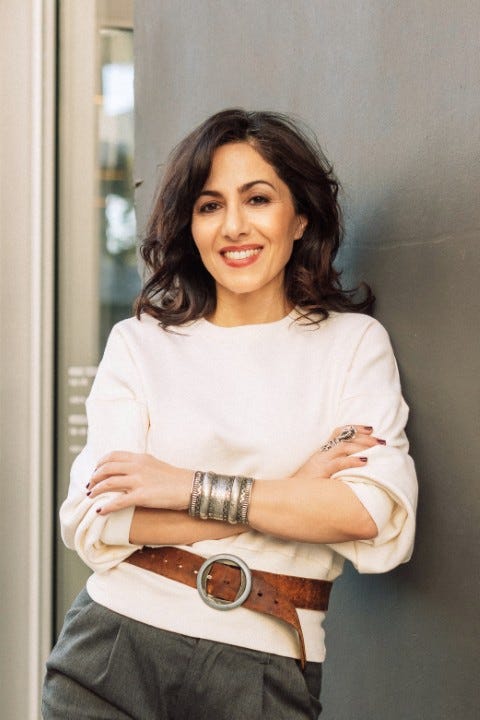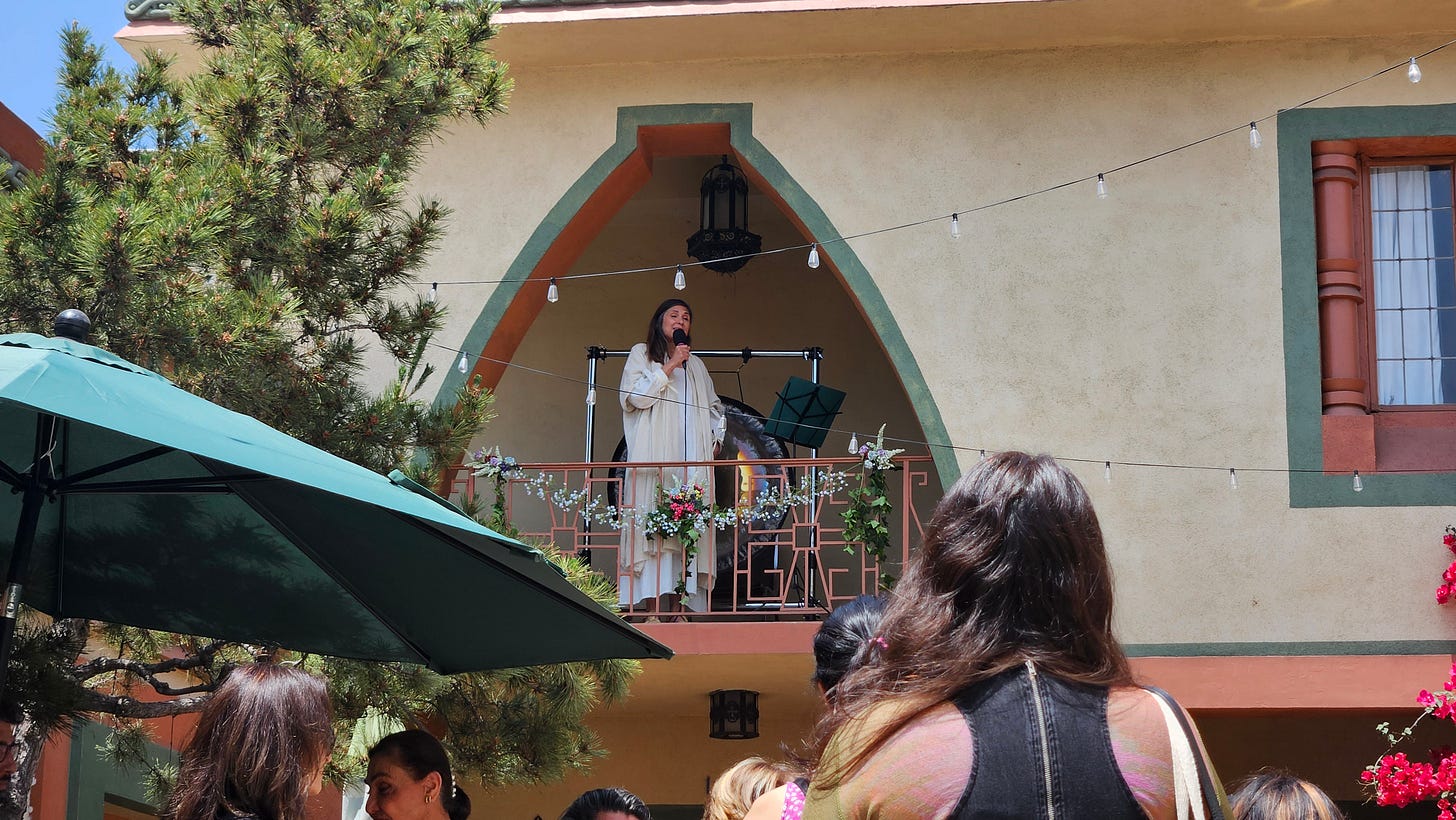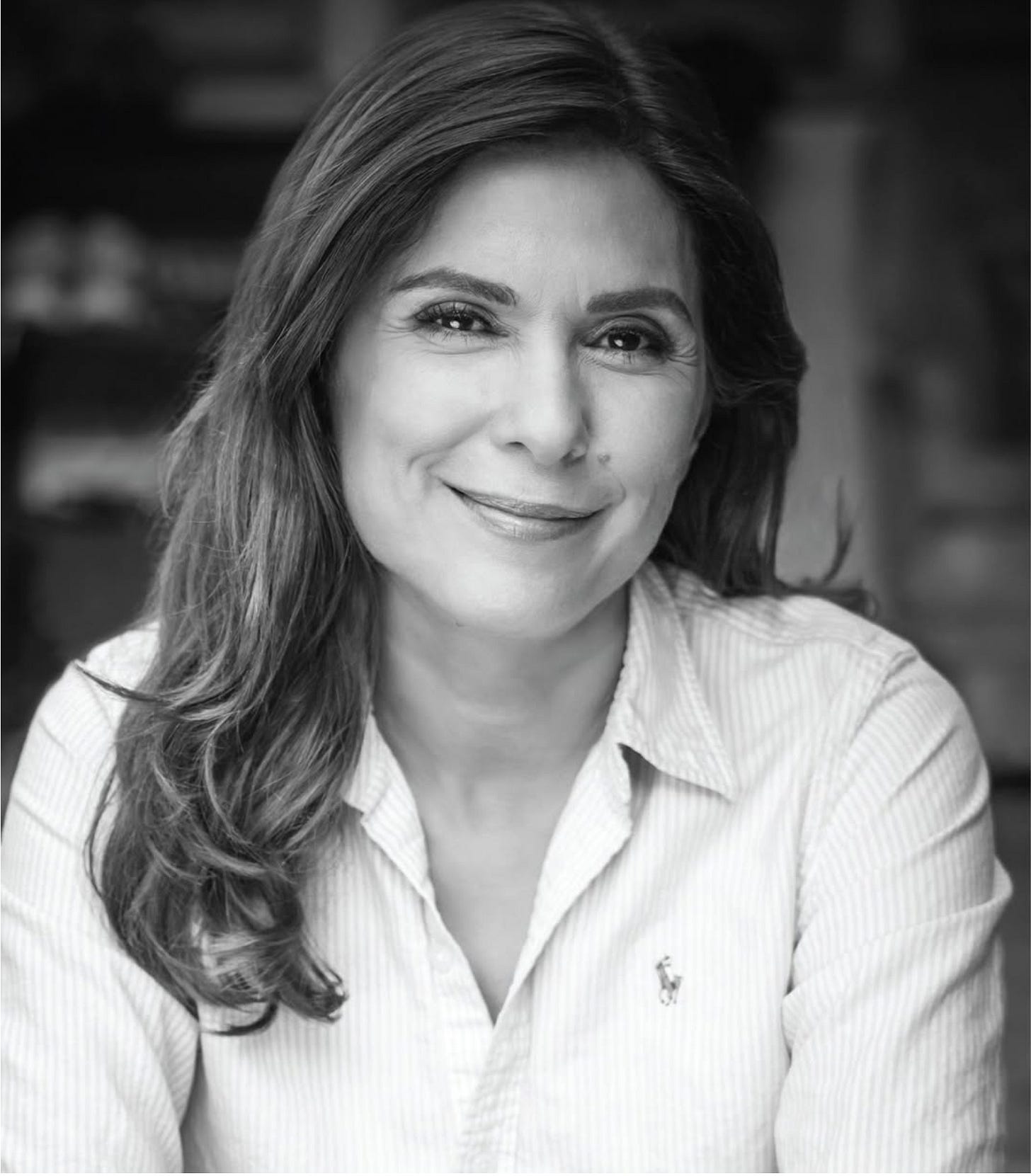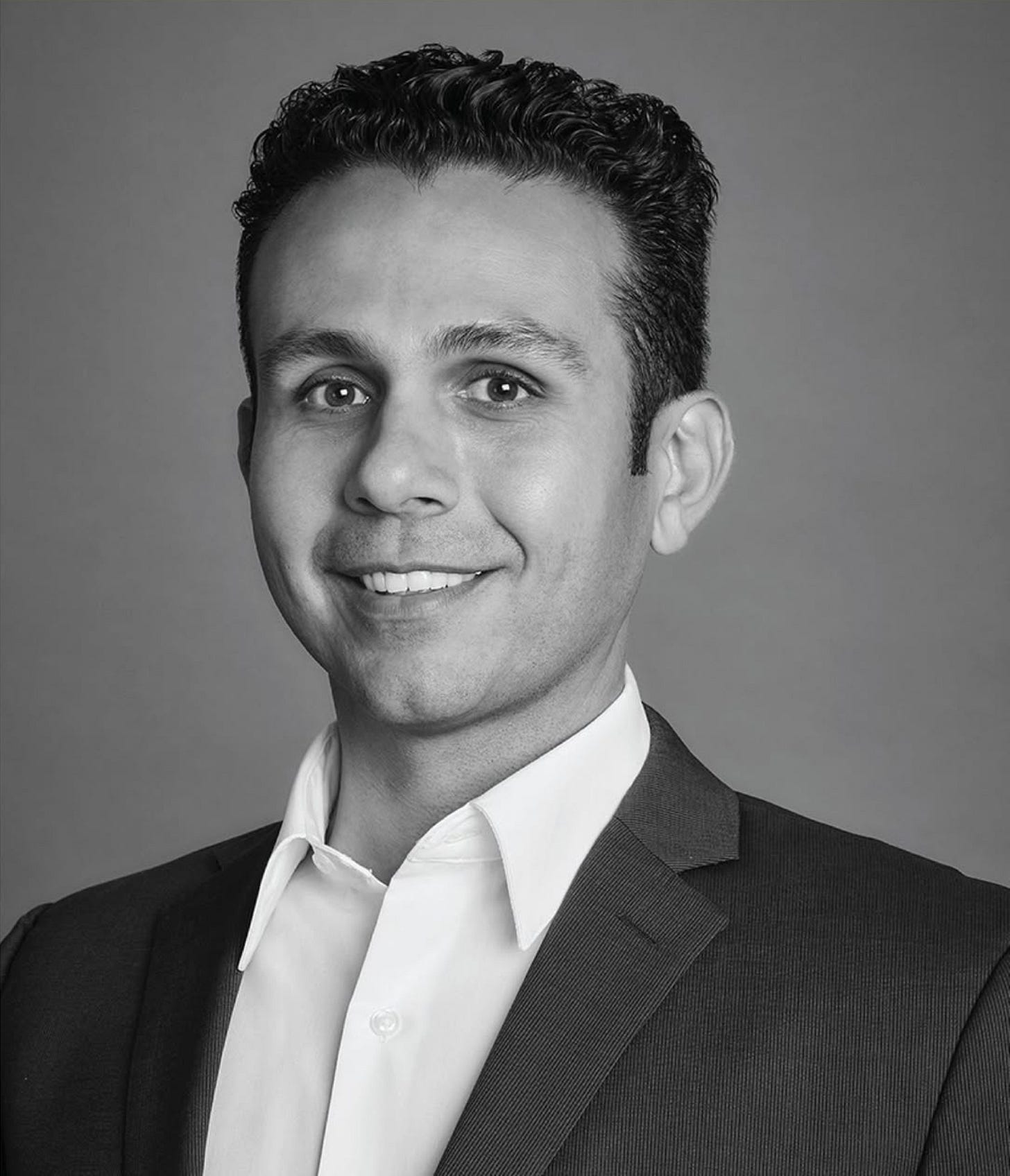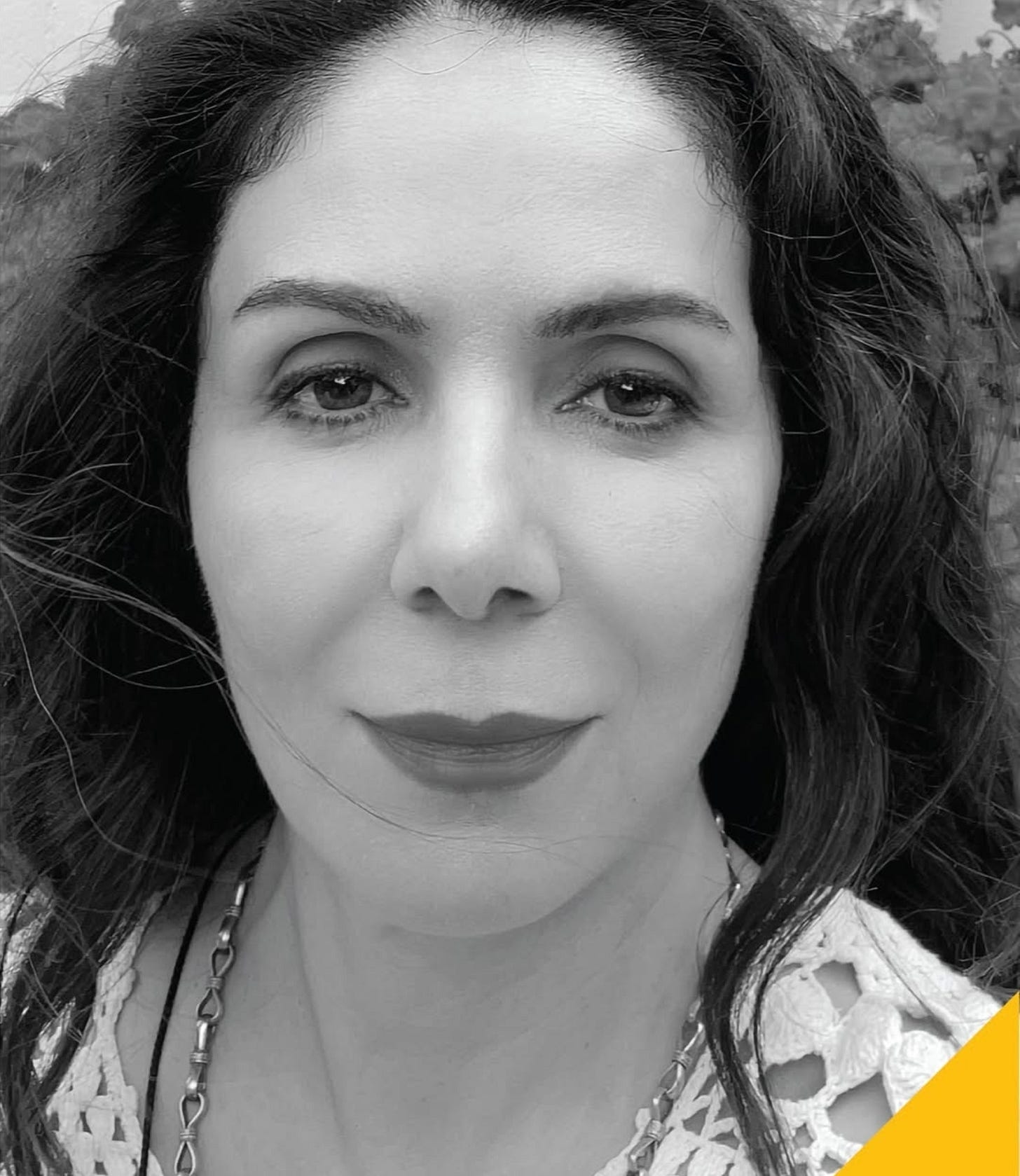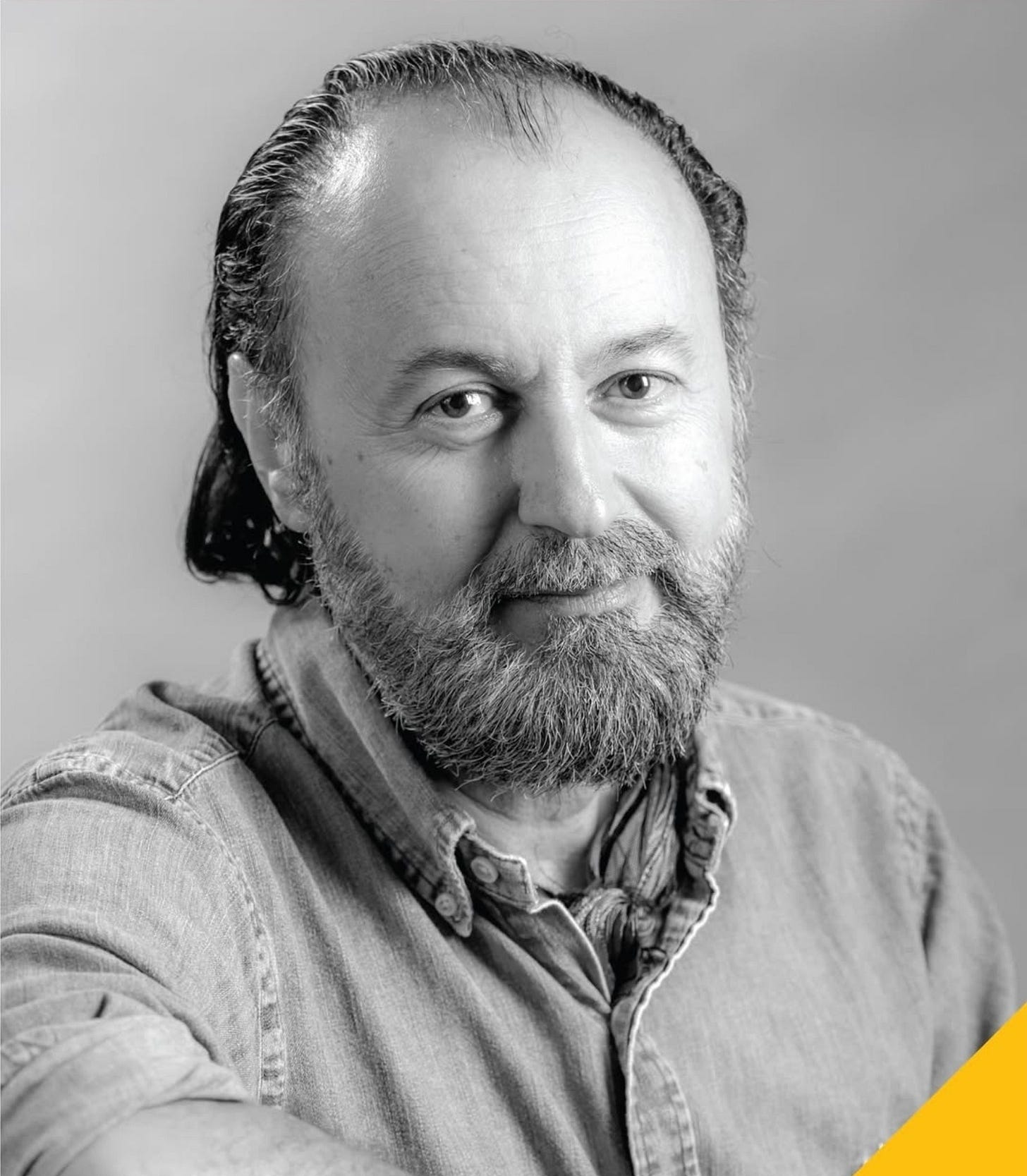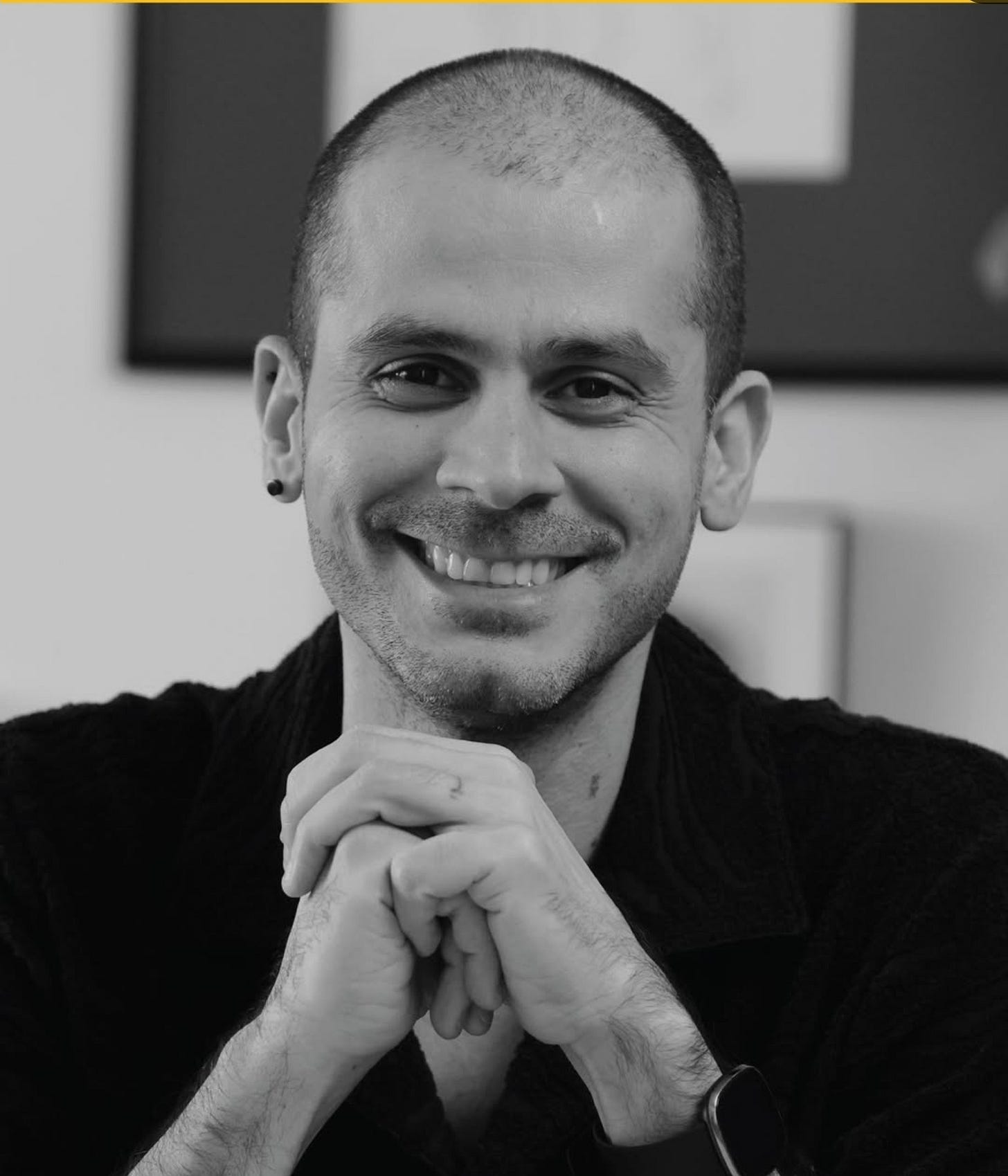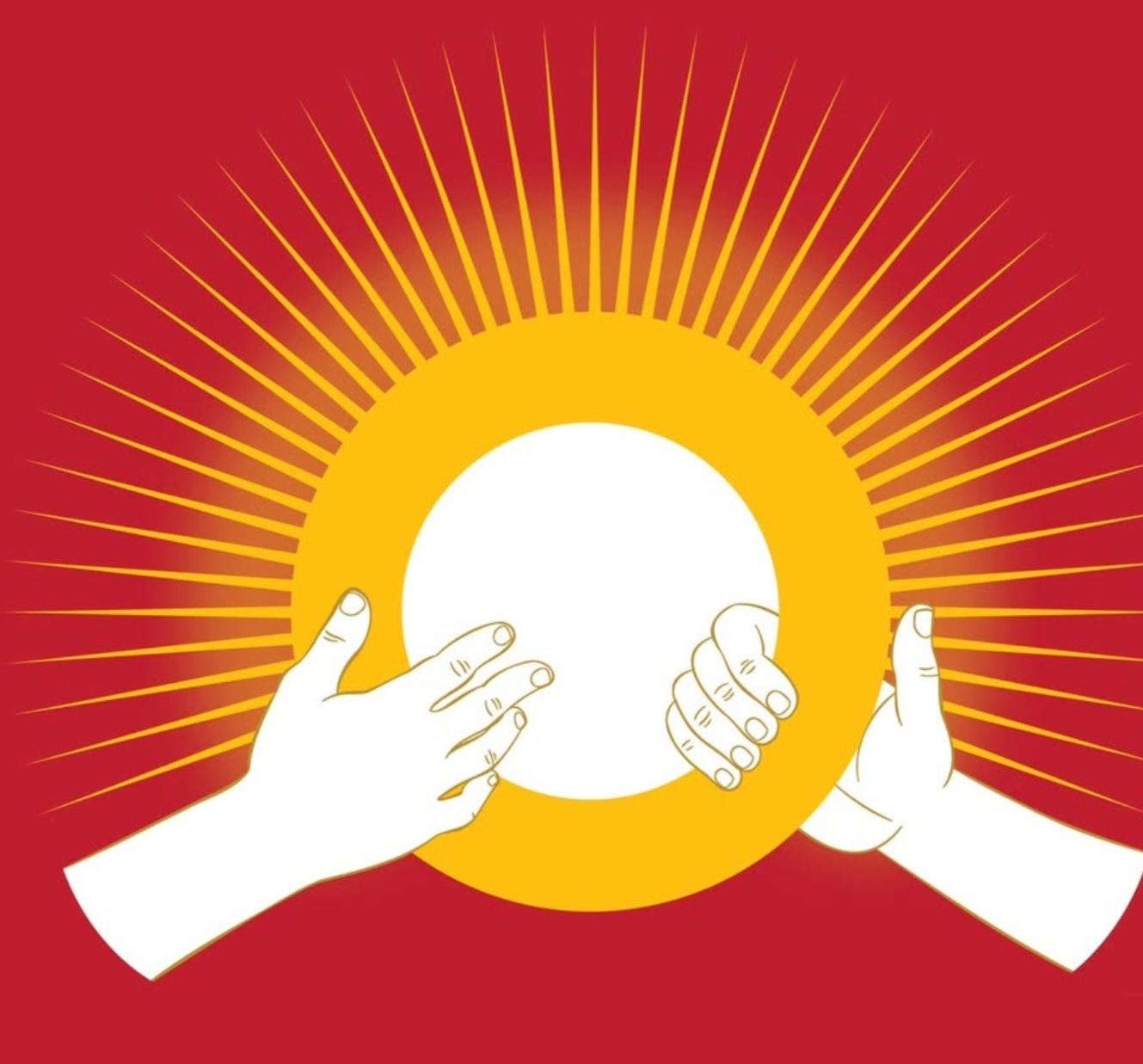I’ll admit it: reading someone’s dissertation is rarely anyone’s idea of a good time. But when I sat down to read the one written by my childhood friend Dr. Maryam Sayyad—a sprawling, lyrical, fiercely intelligent study on Aphrodite, love, and death—I didn’t just survive it. I underlined things. I dogeared pages. I may have cried, but that might’ve been from academic nostalgia or a pinched nerve. Who’s to say?
Maryam and I were Iranian-American theater kids in early 1980s Los Angeles. As mere tweens, we found ourselves cast in a four-year-long running play named Samad Goes to War (written by her father)— satirical, comedic, and critical subterfuge disguised as a funny theatrical romp in two acts set during the Iran/Iraq war.
Everyone else was doing Annie.
Afterwards, life, as it tends to do, sent us on wildly different trajectories—she into creative design work and later the scholarship of mythology, I into professional theater, then information technology, and now education as well as the long hallway of grown-up obligations. And yet here we are, having both experienced dramatic personal losses along the way of our lives, finding ourselves not in some coastal wellness retreat but right back in the sandbox of myth, story, and the ancient. We're older, grayer, wiser (maybe), and asking big cosmic questions like: “Wait, what does Mithra actually do again?” 😂
This essay series emerges from the second conference in her unfolding project, Unveiling the Mythos of Iran. The first was in 2023, where she set sail with Anahita, storytelling, and just a touch of high-octane Jungian subtext. This time, in 2025, weshe circled around Mehr—known elsewhere as Mithra—like Sufis circling the sun. The theme: Searching for Mehr/Mithra in the Imaginal Landscape of Iran. It's a mouthful, yes, but it’s also a map.
Here’s what I’m not doing: rehashing the debate over whether Roman Mithraism borrowed from the Iranian Mithra (spoiler: it did, but also it didn’t, and anyway we’re over it). What I am doing is something riskier: wandering into Iran’s imaginal topography to find out what Mehr has meant—not just to scholars, but to dancers, mystics, mountaineers, poets, and yes, even slightly unhinged bloggers like myself.
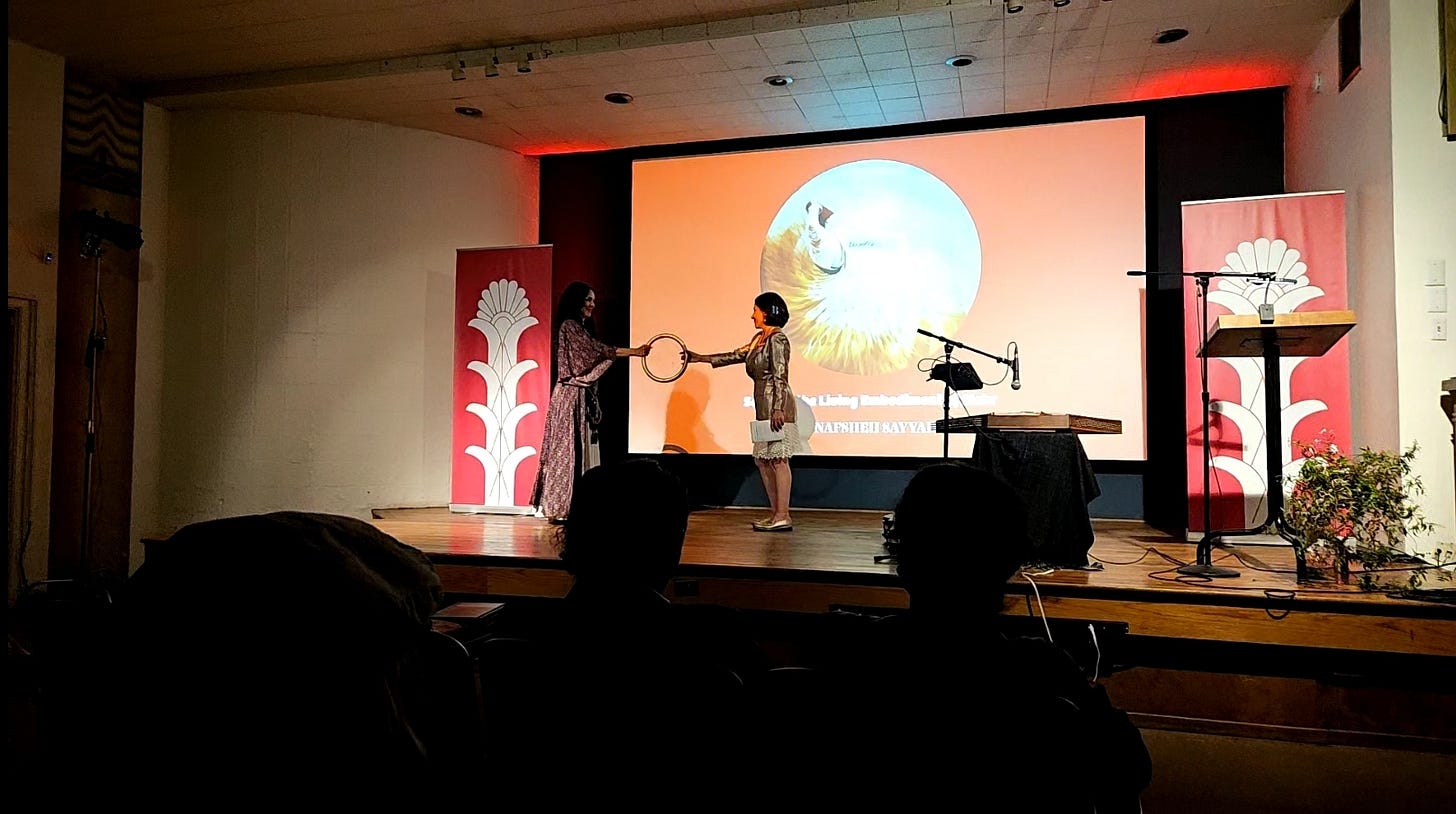
Our cast of characters includes:
Shila Vosough Ommi, whose invocation to Hūrakhsh kicked off the conference like a solar flare through a Suhrawardian lens.
Amir Araghi, who explained how Siāvosh—Persia’s most emo prince—became a beacon of luminous love in the Shahnameh.
Omid Arabian, who dared to connect the dots between tauroctony (that’s bull-slaying, y’all) and Rumi’s mystical menagerie.
Banafsheh Sayyad, whose whirling dance summoned Mehr into the room like a cosmic doorbell.
Touraj Daryaee, our keynote historian, who revealed that Persepolis might have been more than a royal seat—it might have been Mount Mithra.
Shahheen Etminan, who delved into the sacrificial shamanic soup of Haoma and Mithra, stirred by Zarathustra himself.
There were a few other presentations but I'm choosing to focus on the content I learned from these folks.
What I hope to do in this series of essays is not chronicle the event, but metabolize it—let it move through my bones, my memory, and my questions. I want to wrestle with the themes that emerged: light and sacrifice, memory and embodiment, grief and transcendence, the mystical physics of spin, and the strange way Iran’s mythic past keeps showing up at the door like an old friend—or maybe a long-lost part of ourselves.
These won't be academic essays (though they will flirt with scholarship and occasionally ask it out for drinks). They’re personal, mythopoetic, occasionally irreverent reflections to be written from the threshold where art, memory, mysticism, and melancholy hang out.
If you’ve ever felt the spin of the world and wondered if it was trying to tell you something—well, so have I.
Let’s turn together.
What This Series Will Cover
Over the coming weeks, I’ll be writing a series of essays based on the questions, provocations, and rabbit holes sparked by this event. Again, not recaps. They are meditations, interpretations, expansions. These are the thoughts that stuck to me like burrs in the fabric of my consciousness:
1. "To Spin Is to Remember": A meditation on Samā as a physics of love.
2. "Mehr Is Not a God. He’s a Frequency." An exploration of the metaphysical concept of Mehr as love, covenant, and coherence, rather than a single anthropomorphic deity.
3. "Bull, Blood, and the Big Metaphor": Why Mithra kills the bull and whether we're still asking the wrong question.
4. "Persepolis Was Built on a Mountain Named Mehr": Touraj Daryaee’s mytho-historic fieldwork as a prompt for rethinking space, sacredness, and political memory.
5. "Haoma Got Canceled": A spicy analysis of Shaheen Etminan’s look at Iranian plant mysticism, altered states, and how Zoroastrian reform booted the old gods.
6. "Siāvosh and the Birth of Light": A reflection on innocence, fire, and mythic sacrifice in the Shahnameh—and what it says about Iranian cosmology and suffering.
Think of this as one part memoir, one part mythopoetic exploration, one part amateur metaphysics with a Persian soul. These essays won’t answer everything. But if I’ve learned anything from Mehr, it’s that illumination doesn’t always come from answers. Sometimes it spins up out of the dark, like a dancer in motion.
Simultaneously, I will produce a series of English and Farsi podcast episodes (on my podcast series The Deep Dive) about each of the essays.
Stay tuned. The Sun is rising. Again.

